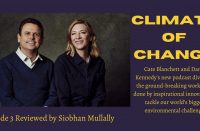This is not good.
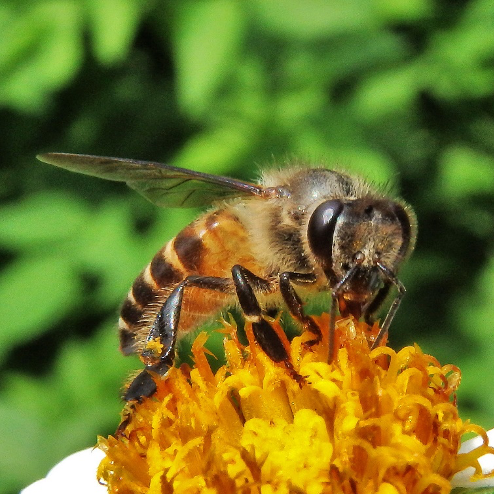
SOURCE: Flickr, By Nikita Hengbok
According to the Independent, while we have studied the impacts of air pollution on human health in great depth, we haven’t really done the same with flora and fauna. Why is that? Surely, they breathe in the same air we do.
Researchers from India’s National Centre for Biological Sciences in Bangalore are trying to change this. Studying wild Asian honeybees, they have been trying to understand how air pollution affects the species health and overall productivity. Pollinating over 687 species of plants in just the state of Karnataka, a decline in Asian honeybees could jeopardize the nation’s agricultural and economic outputs.
The study concluded that Asian honeybees living in parts of Bangalore with elevated pollution levels demonstrated higher concentrations of particulate matter in their bodies. Particulate matter such as lead, tungsten and arsenic, can make its way into an animal’s bloodstream and lungs, having devastating effects on the health of the animal. According to researchers, “Bees from more polluted areas also showed significant differences in heart rhythmicity, blood cell count, and the expression of genes coding for stress, immunity, and metabolism.” These honeybees moved slower, lived shorter lives, and ultimately visited less flowers than bees living in areas with better air quality.
The scariest part is, it’s not just the bees. Scientists repeated this experiment with a species of fruit fly and found similar results. Is this not scaring anyone? Because it should.
From Turquoise Blue to Black Lagoons in Mauritius: Oil Spill Disaster
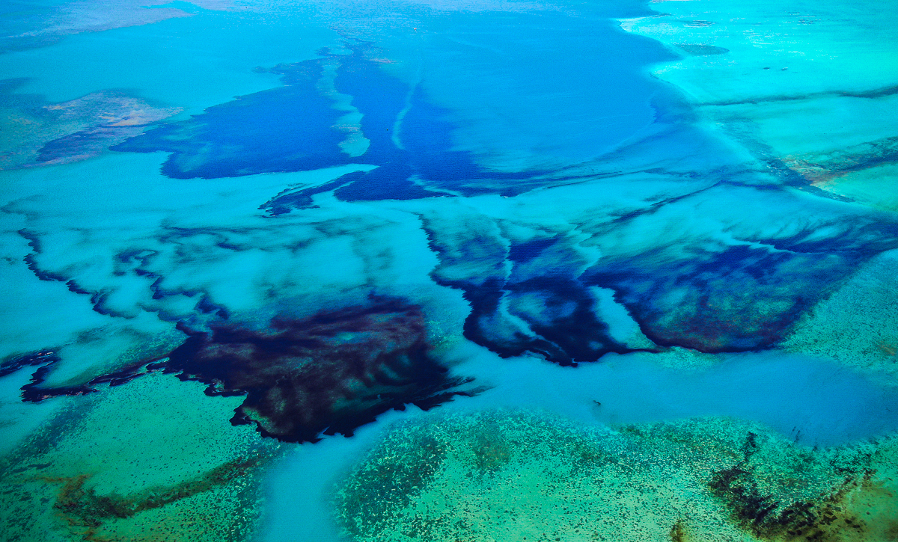
Source: Al Jazeera
While all oil spills have harmful impacts on aquatic and nearby avian and human life, the Mauritius oil spill can be more detrimental that one would have expected due to its location- near to environmentally protected marine ecosystems. Over 1000 tonnes of heavy oil and diesel have blackened the once turquoise blue waters of Mauritius near the coastal village of Mahébourg. Their government declared the spill a national emergency two weeks after a ship ran aground on July 25th. High waves, winds and water currents have been helping move the oil in the direction of the vital marine ecosystems.
This spill threatens the nearby protected lagoons and coral reefs, as well as, the shoreline and mangroves within this area of the Indian Ocean. According to the United Nations Convention on Biological Diversity, the Mauritian ecosystem is teeming with biodiversity as 1,700 species exists. This includes 17 kinds or marine mammals, 2 species of turtles and 800 types of fish. The coral reefs in the lagoons will eventually be bleached due to the toxic hydrocarbons from the oil. Dr. Corina Ciocan, senior lecturer in marine biology at the University of Brighton stated that few areas rich in marine biodiversity still exist globally and the oil spill will impact almost everything as the oil on the surface will create a mousse-like layer beneath the surface and heavy residues on the bed.
Thousands of Mauritians volunteered to make natural “boom” barriers with readily available and low-cost material such as nets stuffed with dried sugar cane leaves to protect the coastline. Despite oil spills becoming a regular occurrence it is still unacceptable as the environment, the economies that rely upon them, food security and the health of species and humans are the ones being severely affected.
A sustainable solution to creating Nylon
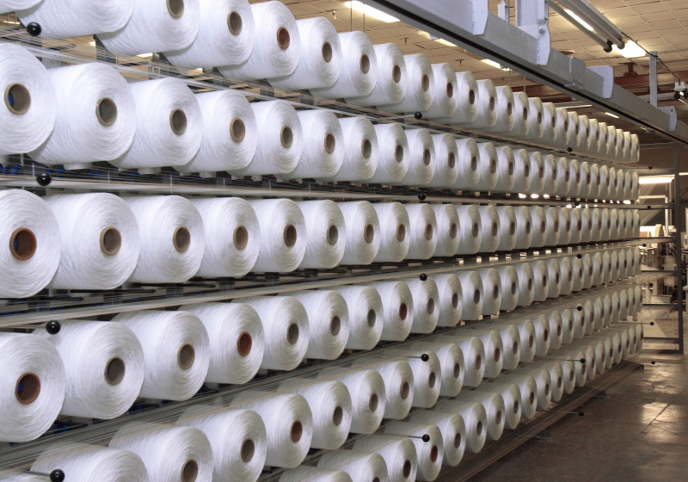
Source: EcoTextile News
Scientists at the University of Edinburgh have developed a sustainable method of making one of the most valuable industrial chemicals in the world – adipic acid – which is a key component of nylon. Nylon is a versatile fabric used to make clothing, furniture and often used as a substitute for low-strength metals. Over two million tonnes of nylon are produced globally each year, with a market value of around 10 billion dollars. Production of adipic acid relies heavily on fossil fuels and produces large amounts of nitrous oxide – a greenhouse gas three times more potent than carbon dioxide!
Now onto the sustainable method. The scientists altered the genetic code of the commonly known E.coli bacteria in the lab. Directly quoting the study, “The modified cells were grown in liquid solutions containing a naturally occurring chemical, called guaiacol, which is the main component of a compound that gives plants their shape”. After a 24-hour incubation period the modified bacteria turned the guaiacol into adipic acid without producing any nitrous oxide. The scientists explain that the environmentally friendly approach can be used to create adipic acid on an industrial scale.
Dr. Stephen Wallace, Principle Investigator of the study, suggested the microbes could solve other problems we’re facing. He explains that “We are all familiar with the use of microbes to ferment food and beer — now we can ferment materials and medicines. The possibilities of this approach to create a sustainable future are staggering.” Read more about the study here.
Sustainable investment fund surpassed $1 trillion
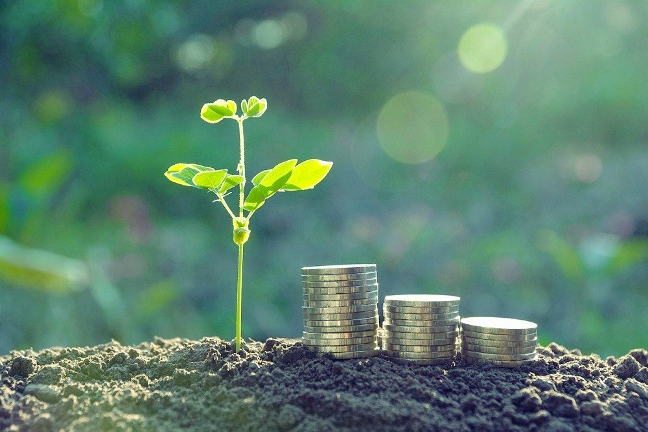
Source: WeConserve.ca
According to data compiled by Morningstar, assets under management in funds that abide by ESG principles have surpassed $1 trillion for the first time in history. Governments around the world have been stepping up their support for sustainable projects and green infrastructure in recent years with regulation and fiscal spending. This support has intensified during the Covid-19 pandemic as governments are committed to a green recovery.
Net inflows of $71.1 billion between April and June this year have been largely due to sustainable investments in the wake of the pandemic. Other contributing factors include asset managers ‘greening’ their more traditional funds into sustainable funds over April-June, and the continued growth in the number of products making up the sustainable fund universe acting as a catalyst for ESG investments. Additionally, it was reported that the CEO of BlackRock, the world’s largest money manager with more than $7 trillion in assets under management, said that there has been a surge of interest among clients looking to invest in renewable energy and ‘green’ initiatives.
Collapse of the Canadian Ice Shelf
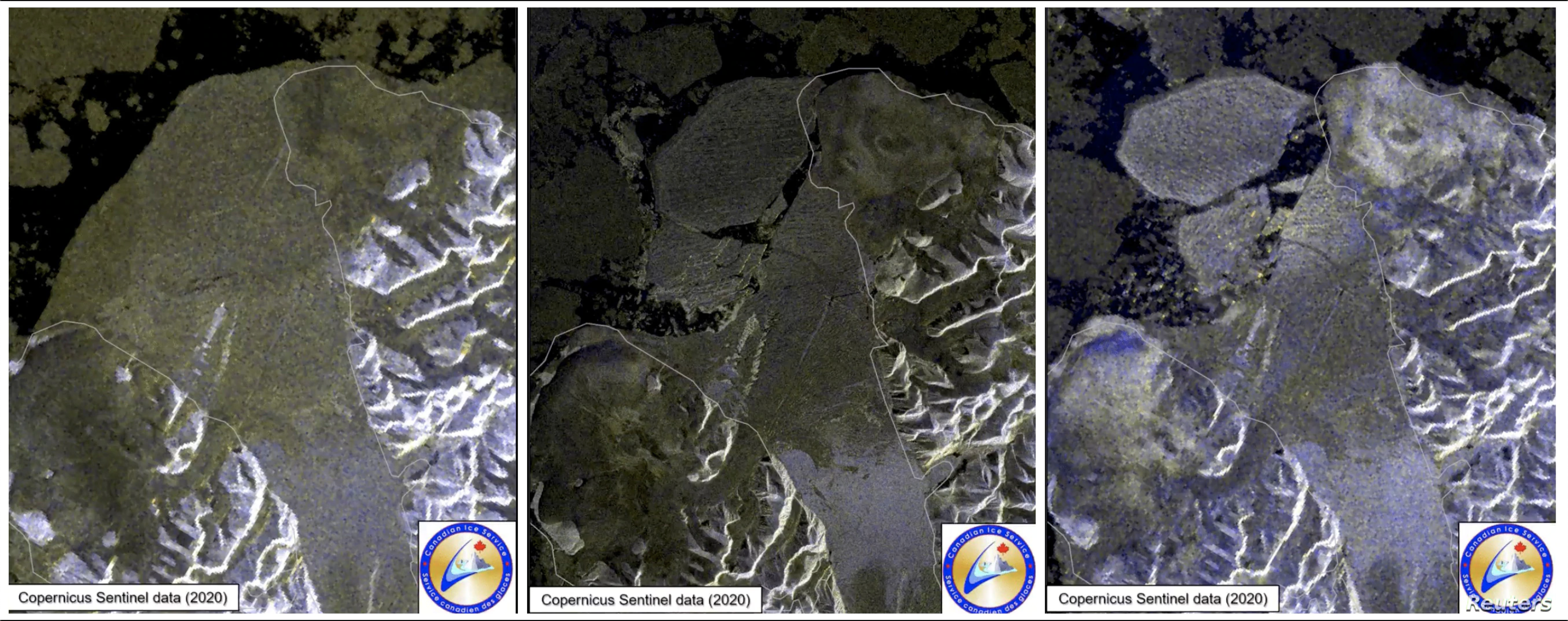
Source: Canada Ice Service
Canada’s largest fully intact ice shelf, Milne Ice Shelf on Ellesmere Island in northern Nunavut, was reduced by 43% over July 30th and 31st before collapsing into the ocean. The large sheet of ice then drifted into the Arctic Sea breaking down into two large chunks. Click here to read a twitter post about the event and to see some video footage. The piece that broke off was larger than the size of Manhattan, around 80 square kilometers. According to the Canadian Ice Service, above-normal air temperatures, offshore winds and open water in front of the shelf are all contributing factors to the event. There is a potential for further destabilization due to the pre-existing cracks and breaks. Further chunks could crack off in the coming days or weeks.
CNN reported some disheartening news. The last known epishelf (a body of freshwater trapped by an ice shelf that floats on the top of ocean water) could be gone because of the icebreak. When the Milne Ice Shelf collapsed, it potentially sent once-contained fresh water into the salty Arctic Ocean. Researchers are unsure about the extent of the damage. More news will follow. Additionally, ice Shelves like this can help limit global sea levels from rising by acting like dams, slowing down the flow of melting ice into oceans. Temperatures across the Arctic continue to rise, and arctic heatwaves continuously impact the region. Look out for more news regarding the Canadian arctic and loss of significant ice features.
Bad Hair Day? Blame the Shower!

Source: BBC
In news that will really make you say WTF this week, President Trump has declared showers in the states aren’t powerful enough. I wish I was joking. This comes after the president made comments last week about his problems with their water flow while touring a Whirlpool manufacturing plant. Here he said “You turn on the shower — if you’re like me, you can’t wash your beautiful hair properly. You waste 20 minutes longer. ‘Please, come out.’ The water — it drips, right?”.
I mean, I’m sure we all appreciate a hot shower but really? Current legislation limits the maximum overall flow rate of showerheads to 2.5 gallons per minute. Trump wants to change it so that each individual showerhead can be up to the same 2.5 gallons per minute. I repeat – this is not a joke. Energy Department spokeswoman Shaylyn Hynes said, “President Trump promised the American people that he would reduce onerous federal regulations on the American consumer, and this proposed rulemaking on showerheads does just that”. I’m sure showerhead regulations are exactly what the American consumers wanted changed.
To really nail home how much of a farce this change in legislation is – environmental advocates have been calling for a decrease in the maximum flowrate allowed. In the U.S the Environmental Protection Agency give out the Watersense label to showerheads with rates under 2.0 gallons per minute. By just a 0.5 decrease in flow rate it is estimated that each indivudal can save 2,900 gallons of water a year. To put this into context, it is recommended we drink half a gallon of water a day – meaning 2900 gallons could hydrate a person for 5800 days.
If there’s anything to take away from Trump’s comments, it should be the question of whether you know your showerhead’s flowrate – if it’s at 2.5 gallons per minute, maybe consider a new, reduced one.

Shanella Ramkissoon is a Masters in Environment and Sustainability candidate. Her background is in the field of Environmental Science and Environment and Resource Management. Her interests lie in environmental conservation, especially for marine species such as coral reefs, turtles and dolphins. In her free time, she enjoys landscape photography, baking and art and craft projects.
Alexandra completed her Masters degree in Environment and Sustainability at Western University. She also holds a Bachelor’s of Science from the University of Windsor with Honours in Environmental Studies, where she concentrated in Resource Management and was actively involved in undergraduate research. Outside of academia, she enjoys hiking, camping, and spending her summers on the beach in Prince Edward Island.

Alex has a background in Environmental Science holding an undergraduate degree in Environmental Studies, and a Masters of Environment and Sustainability (MES) from Western University. Alex was born and raised in Barbados, a small island in the Caribbean, and has spent the past seven years attending school in Canada, while returning to Barbados for the summer and Christmas periods. Alex is passionate about the environment as he has been able to witness firsthand the effects of climate change on marine and tropical environments, and hopes to spread awareness about these issues.




